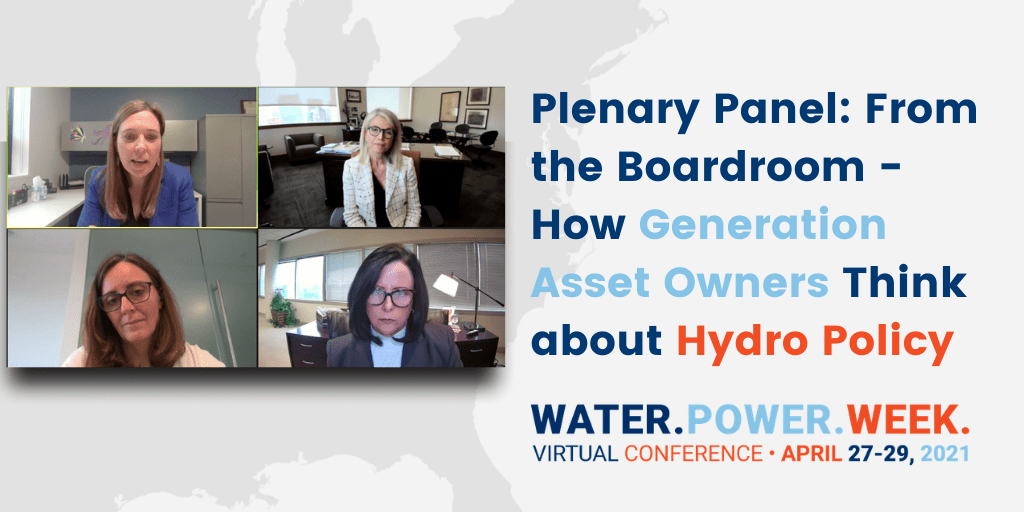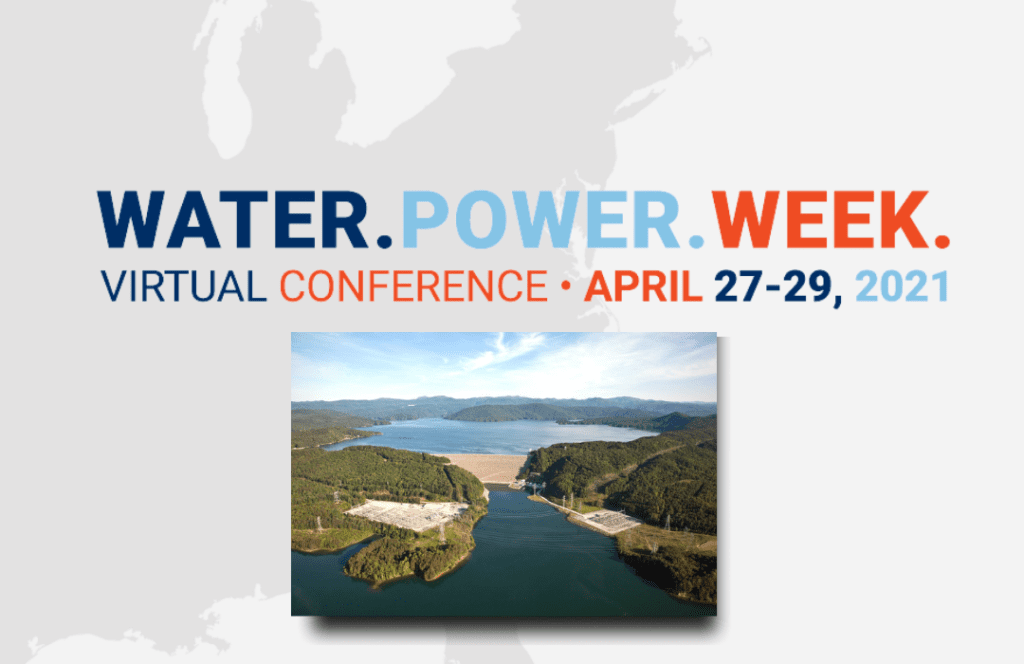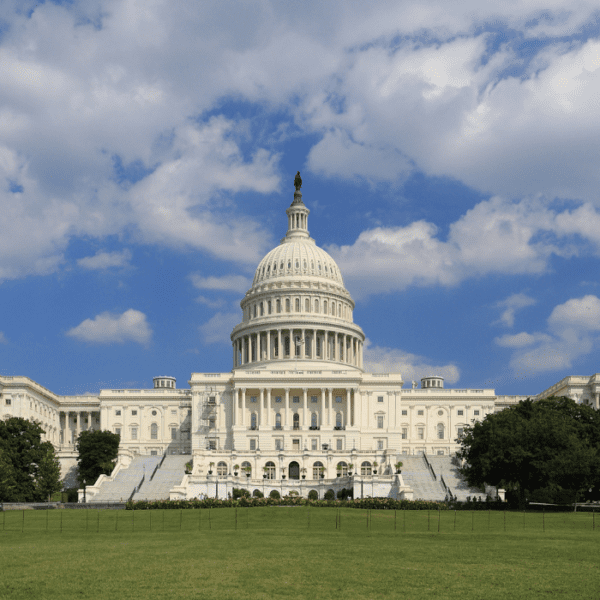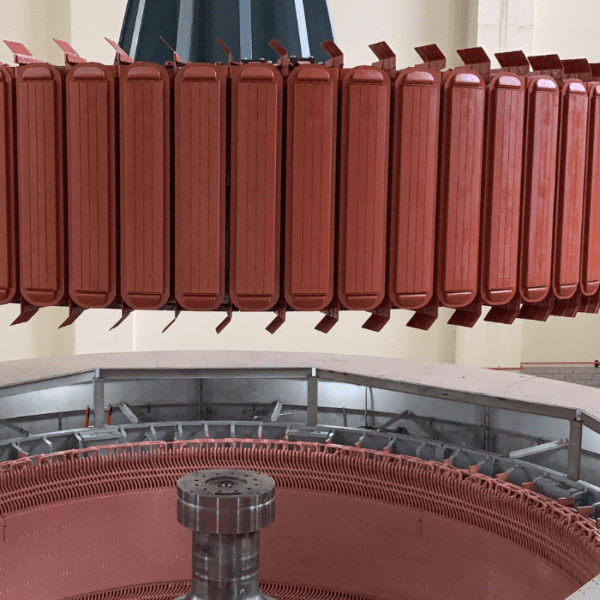The 2021 Waterpower Week virtual conference, April 27-29, 2021, may have taken place courtesy of millions of miles of internet cables, but the takeaways from the week were numerous. Here is a sampling of what we heard over the course of the week:
- Hydropower is an essential part of meeting the Biden Administration’s goals of a zero-carbon grid by 2035 and carbon neutral by 2050.
- Substantial amounts of pumped storage hydro resources will be needed to meet long-duration energy storage needs, but a variety of challenges must first be overcome.
- Environmental Justice is a top priority of the new administration and is likely to make its way into relicensing proceedings.
- Unlike other Environmental Protection Act (EPA) programs, EPA does not set nationwide baseline standards for water quality certifications under the Clean Water Act Section 401 nor does it provide programmatic funding to the states for implementation, which leads to inconsistency and insufficient staffing.
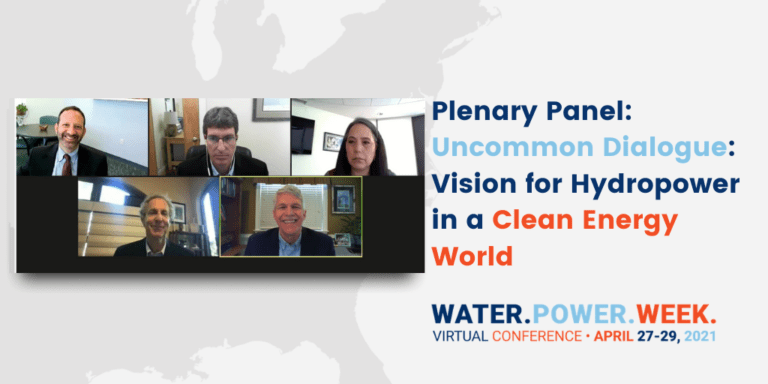
HYDROPOWER IS A SOLUTION IN SOLVING THE CLIMATE/INFRASTRUCTURE PUZZLE
At the outset of Waterpower Week, when discussing the Biden Administration’s goals of a zero–carbon grid by 2035 and carbon neutral by 2050, U.S. Department of Energy Deputy Secretary David Turk noted that “we’re going to need hydropower’s value and flexibility…if we are to achieve our 2035 and 2050 goals.” Deputy Secretary Turk also recognized the work of the National Hydropower Association (NHA) and the river and climate communities’ efforts to advance the renewable energy and storage benefits of hydropower and the environmental and economic benefits of healthy rivers.
“Let me take a second to thank all of those have been involved in the 3Rs (Rehabilitate, Retrofit & Removal) proposal…it’s an incredibly impressive and unprecedented effort and we certainly look forward from the DOE side to support those efforts and findings,” Turk noted.
Deputy Secretary Turk’s comments dovetailed into a panel discussion on the Joint Statement of Collaboration on Hydropower with Tom Kiernan, President and CEO of American Rivers; Steve Clemmer, Director of Energy Research and Analysis with the Union of Concerned Scientists’ Climate and Energy Program; Mary J. Pavel, attorney with Sonosky, Chambers, Sachse, Endreson & Perry; and Dan Reicher, Senior Research Scholar with Stanford University’s Stanford Woods Institute for the Environment. While sharing their perspectives on why collaboration is vital, Kiernan noted that “I think hydro’s role is essential to the grid.”
The discussion, along with Deputy Secretary Turk’s comments, will serve as a foundation, as NHA works to develop a legislative infrastructure proposal to accelerate the rehabilitation, retrofit, and removal of the nation’s more than 90,000 dams.
SETTING THE STAGE FOR PUMPED STORAGE HYDROPOWER DEVELOPMENT
As the U.S. accelerates the deployment of wind– and solar-powered electricity, the need for substantial amounts of long–duration storage becomes more apparent. To that end, during Waterpower Week, NHA unveiled a new pumped storage hydropower (PSH) policy paper that it is submitting to the International Forum on Pumped Storage Hydropower. The paper, co-authored with GE Renewable Energy, the Pacific Northwest National Laboratory and several developers of pumped storage projects, is aimed at identifying challenges and solutions to jump start development.
The report zeros in on hurdles such as lack of renumeration for various grid services, inequitable policy treatment, and revenue uncertainty as some of the barriers to PSH development.
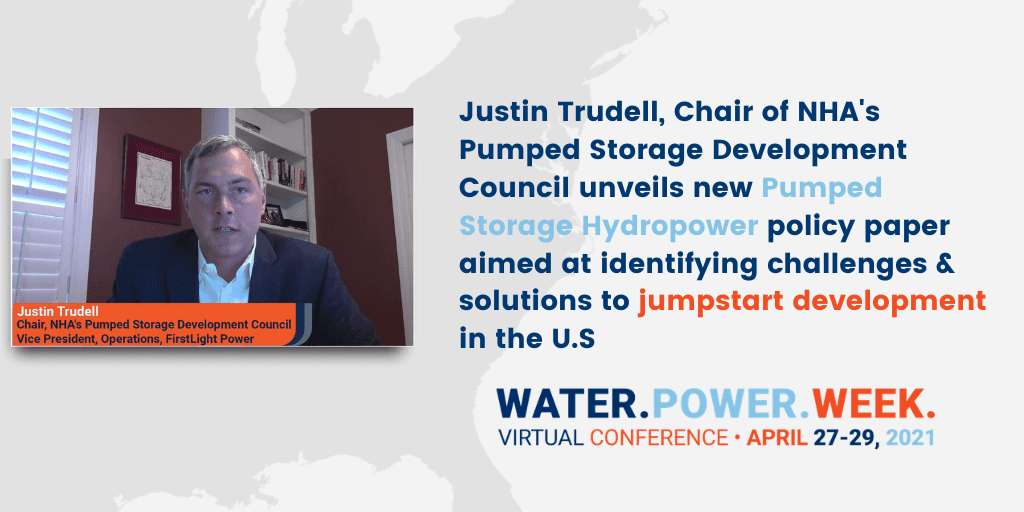
REGULATORY-RELATED TAKEAWAYS:
From Federal Energy Regulatory Commission (FERC) licensing to the Clean Water Act, and every issue in between, Waterpower Week offered many insights and views related to regulation of hydropower.
Below are a few key highlights gleaned from the discussions.
FERC Licensing:
- Average timelines for an original license is 5 years and a new license (relicense) is 7 years.
- Stakeholders are hard at work on licensing reform and Congress is anxiously awaiting the results of the negotiations.
- Environmental Justice is a top priority of the new administration and is likely to make its way into relicensing proceedings.
- Basin wide licensing is underway in Wisconsin, but it’s proving to be a complicated endeavor for all parties.
- FERC’s licensing workload in the Northeast is extremely high, requiring staff from other regional branches to pitch in.
- Settlements are especially useful if stakeholders can agree early on a finite budget for mitigation, but settlements can be time intensive and challenging to conduct simultaneously with licensing deadlines. Resource agencies agree that we should use existing data and studies, but the data and studies need to validated for accuracy.
Clean Water Act Section 401:
- Unlike other Environmental Protection Act (EPA) programs, EPA does not set nationwide baseline standards for water quality certifications under the Clean Water Act Section 401 nor does it provide programmatic funding to the states for implementation, which leads to inconsistency and insufficient staffing.
- FERC’s current understanding is that “deny without prejudice” constitutes state action on a 401 certification request, but not all FERC staff are in agreement.
- The situation has gone from a “withdraw and resubmit” regime to a “deny without prejudice and resubmit” regime. Whether or not there’s any difference between the two is likely to be decided by the Court of Appeals.
